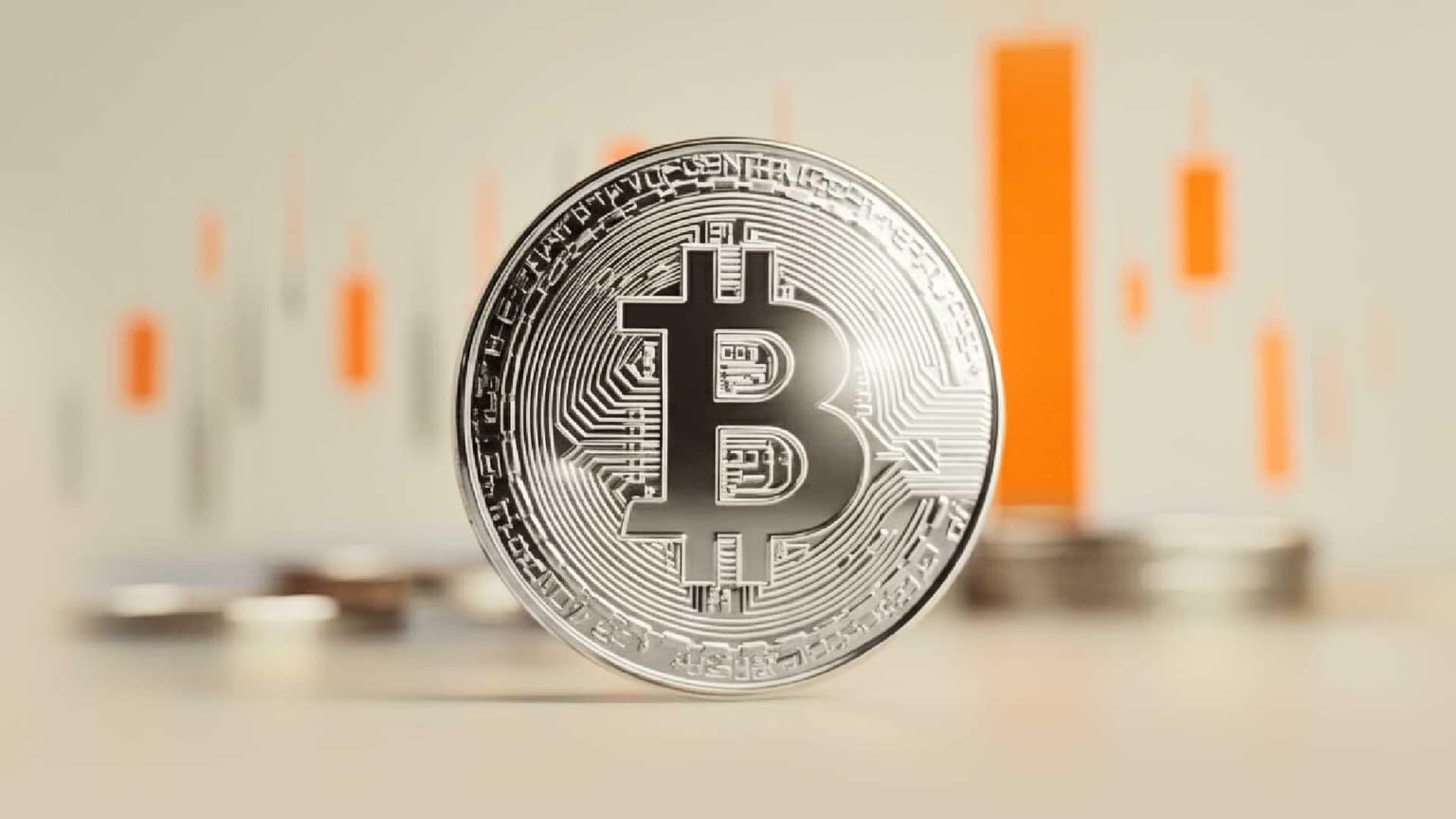Cryptocurrencies are on FinCEN’s first ‘National Priorities’ list

The financial surveillance agency is pointing a finger at crypto in its new plan to combat terrorism financing.
The U.S. Financial Crimes Enforcement Network (FinCEN), an agency of the Treasury Department tasked with preventing and punishing money laundering and other financial crimes, has turned its attention to crypto.
In the agency’s first list of government-wide priorities published Wednesday, FinCEN identified eight priorities: corruption, cybercrime and relevant virtual currency considerations, terrorist financing, fraud, transnational criminal organization activity, drug trafficking, human trafficking and proliferation financing.
So far, the agency’s list of priorities is not connected to any policies. According to FinCEN’s statement, the agency “will issue regulations at a later date that will specify how financial institutions should incorporate these Priorities into their risk-based AML [anti-money laundering] programs.”
FinCEN has been wrestling with its approach to cryptocurrencies since late 2020, when a hotly debated rule was floated by the Treasury Department that would require crypto exchanges to identify personal wallets making large transactions.
The Internal Revenue Service (IRS), another agency of the Treasury Department, has also made headlines – first in 2016 and again earlier this year – for issuing controversial “John Doe” summons to crypto exchanges for names associated with large transactions.
FinCEN’s inclusion of virtual currencies and cybercrime in its list of priorities also comes in the wake of several high-profile ransomware attacks, like the Colonial Pipeline hack, in which the criminals were paid out in bitcoin (and later reclaimed).
“Treasury is particularly concerned about cyber-enabled financial crime, ransomware attacks, and the misuse of virtual assets that exploits and undermines their innovative potential, including through laundering of illicit proceeds,” FinCEN said in a statement.
FinCEN sees virtual currencies as “a substantial financial innovation,” but says they’re the “preferred form of payment” for a variety of illicit activities including ransomware, illicit drugs, and even “used by some of the highest priority threat actors to advance their illegal activities and nuclear weapons ambitions.”
Author

CoinDesk Analysis Team
CoinDesk
CoinDesk is the media platform for the next generation of investors exploring how cryptocurrencies and digital assets are contributing to the evolution of the global financial system.





